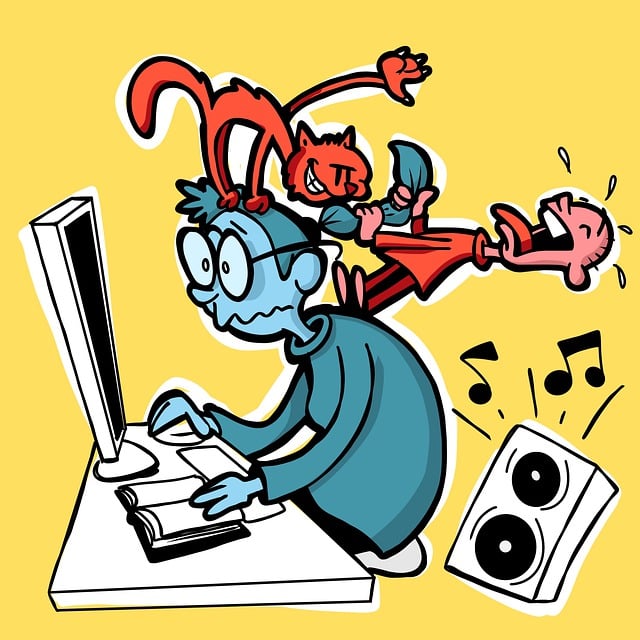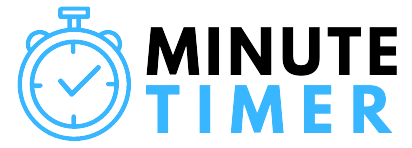
In today’s digital era, distractions have become pervasive, often hindering our ability to focus and impeding our productivity. Distractions can be defined as any stimuli or interruptions that divert our attention from the task at hand, causing potential delays or errors.
The omnipresence of smartphones, social media, and instantaneous notifications only exacerbates this challenge. Consequently, understanding and effectively managing these distractions is crucial. Not only does it enhance our work efficiency, but it also aids in maintaining a balanced and focused life in a constantly buzzing world.
Understanding the Root Causes of Distractions
Understanding the root causes of distractions is the first step in effectively combating them. Distractions are typically categorized into two main types: internal and external.
Internal Distractions
Internal distractions originate from within us. These might include feelings of worry, daydreams, internal dilemmas, hunger, fatigue, or even the temptation to check social media without any external prompt. For instance, if while working on an important task you find your thoughts drifting to weekend plans, you’re experiencing an internal distraction. These can be particularly insidious as they’re not always immediately recognizable and can often be a consequence of underlying emotional or psychological states.
External Distractions
On the other hand, external distractions come from our environment. The chirping of a smartphone, someone talking nearby, unexpected visitors, or ambient noises are typical examples. In a modern office or home setting, technology is often a major source of external distraction. Email notifications, instant messages, or the buzz of a personal device can easily pull our attention away from our primary task.
The Psychology Behind Distractions
From a psychological perspective, our propensity to become distracted can be linked to the brain’s inherent desire for novelty. Evolutionarily, humans are wired to respond to new stimuli. This was crucial for our ancestors, where noticing a rustle in the bushes could mean detecting a potential threat. However, in today’s information-rich environment, this evolutionary trait can work against us. New stimuli, like a sudden notification, can hijack our attention, making other tasks feel dull in comparison.
Additionally, our brain’s reward system is involved. When we give in to a distraction, like checking social media and finding a new like or comment, our brain releases dopamine, a neurotransmitter associated with pleasure and reward. This creates a feedback loop: the more we check, the more rewarded we feel, reinforcing the distracting behavior.
Physical Environment Strategies
The physical environment in which we operate plays a critical role in determining our levels of focus and productivity. By implementing certain strategies, we can shape our surroundings to minimize distractions.
Organizing a Distraction-Free Workspace
A cluttered workspace can be a significant source of visual distraction. The sight of disorganized papers, unused stationery, or irrelevant objects can scatter our attention, diverting it from the main task. Organizing your workspace does not merely mean tidying it; it involves creating a space tailored for efficiency. Prioritize your essential tools and documents, keeping them within arm’s reach, and stow away or eliminate items that aren’t immediately necessary. This decluttered environment can significantly reduce the cognitive load, allowing the mind to focus solely on the task at hand.
Significance of Ambient Noise and Its Effects
Ambient noise can either enhance or hinder productivity, depending on its nature and intensity. For some, a completely silent workspace can feel unnerving, whereas for others, it’s a necessity. However, sudden or jarring noises, such as loud conversations or construction sounds, can break one’s concentration. On the flip side, certain types of consistent ambient noise, like white noise or the gentle hum of a coffee shop, can aid concentration. It masks more jarring intermittent sounds and creates a consistent auditory environment. Using headphones with noise-cancelling capabilities or apps that play white noise or calming background sounds can help in crafting an optimal auditory environment.
The Role of Ergonomics in Minimizing Mental Distractions
Physical discomfort can be a major internal distraction. Ergonomics, the study of people’s efficiency in their working environment, suggests that the way we position ourselves and our tools can have a profound effect on our mental state. An ergonomically designed workspace can prevent physical strains and discomforts, which in turn can deter our mind from getting side-tracked. This includes using chairs that support posture, setting computer screens at eye level, and ensuring that keyboards and mice are positioned to prevent strain on the wrists and hands.
In essence, our physical environment has a direct bearing on our cognitive state. By refining our workspace, considering the auditory backdrop, and embracing ergonomics, we can craft an environment conducive to focus and productivity.
Digital and Technology-based Solutions
In the digital age, while technology can be a source of distraction, it can also provide solutions to combat these very distractions. Leveraging the right tools and adopting certain practices can greatly enhance online focus and productivity.
Tools and Apps for Blocking Distracting Websites and Notifications
Numerous apps and software solutions are available to restrict access to distracting websites and manage notifications. Tools like “Freedom” and “Cold Turkey” allow users to block access to specific websites or the entire internet for predefined periods. For those who find themselves habitually checking social media or news sites, these tools can be invaluable. Moreover, platforms like “Focus@Will” offer music and ambient sound specifically designed to improve concentration. Additionally, most smartphones and computers now have “Do Not Disturb” features, which can silence distracting notifications when intense focus is needed.
The Concept of Digital Detox and Its Benefits
A digital detox refers to a period during which an individual refrains from using electronic devices, especially smartphones and computers, to reduce stress and focus on real-life social interactions. The constant barrage of emails, messages, and notifications can be mentally exhausting. Periodic digital detoxes, even if just for a weekend or an evening, can refresh the mind, reduce anxiety, and improve sleep quality. It’s a way to recalibrate and remind oneself of life beyond screens, fostering mindfulness and presence in the moment.
Time Management Techniques for Online Work
Managing one’s time efficiently while working online can make the difference between productivity and hours lost in the digital abyss. Techniques such as the Pomodoro method, which involves focused work sessions followed by short breaks, can be particularly effective for online tasks. There are also digital tools like “Toggl” and “RescueTime” that track how you spend your time online, providing insights into habits and potential areas for improvement. Furthermore, employing task management and to-do list apps such as “Trello” or “Asana” can help in organizing and prioritizing online work.
Cultivating the Right Mindset
Creating an environment conducive to productivity is essential, but cultivating the right mental framework is equally, if not more, crucial. The mind is a powerful tool, and with the right techniques and practices, it can be tuned to maintain focus and ward off distractions.
Techniques like Mindfulness and Meditation
Mindfulness, at its core, is about being fully present in the moment, acutely aware of where we are and what we’re doing, without being overly reactive. It’s about observing our thoughts without judgment. By practicing mindfulness, we can recognize when our mind starts to wander and gently guide it back to the task at hand. Meditation, often used to cultivate mindfulness, involves setting aside dedicated time to focus on the breath, a particular object, or a mantra. Over time, regular meditation can enhance one’s ability to sustain attention and reduce the frequency with which the mind gets sidetracked by distractions.
The Role of Breaks in Maintaining Focus
Continuous work might seem like the fastest way to complete tasks, but it’s often counterproductive. Our cognitive resources are finite and can deplete over prolonged periods of focused work. Taking regular breaks can rejuvenate the mind, improving overall focus and productivity. Techniques such as the aforementioned Pomodoro method emphasize the importance of regular short breaks to maintain peak cognitive performance. These intervals can also be used for brief physical exercises or deep-breathing routines, further enhancing mental clarity.
Establishing and Adhering to Personal Boundaries During Work Hours
In today’s interconnected world, especially with the rise of remote work, the lines between professional and personal lives can easily blur. It’s imperative to establish and adhere to personal boundaries during work hours. This might involve setting specific start and end times for the workday, informing friends and family of your work schedule to prevent interruptions, or even having a dedicated workspace to psychologically separate work from leisure. Maintaining these boundaries not only preserves focus but also ensures a healthy work-life balance.
In sum, while external strategies can aid productivity, the internal mindset remains a cornerstone. Through mindfulness, regular breaks, and firm personal boundaries, one can cultivate a mental space optimized for focus and efficiency.
